International Sun Bear Day
Did you know that Sabah, Malaysia is home to the one and only sun bear conservation centre in the world? The Bornean Sun Bear Conservation Centre (BSBCC) has made great strides in protecting one of the world’s most distinctive and vulnerable species – the Bornean sun bear, the population of which is dwindling.
Since 2014, this organization has become a beacon of hope for the future of these fascinating creatures through its innovative approach to conservation. In this interview, we talk to Dr. Wong Siew Te, the Chief Executive Officer and Founder of BSBCC, about their day-to-day work, their initiatives, and how their work is helping communities.
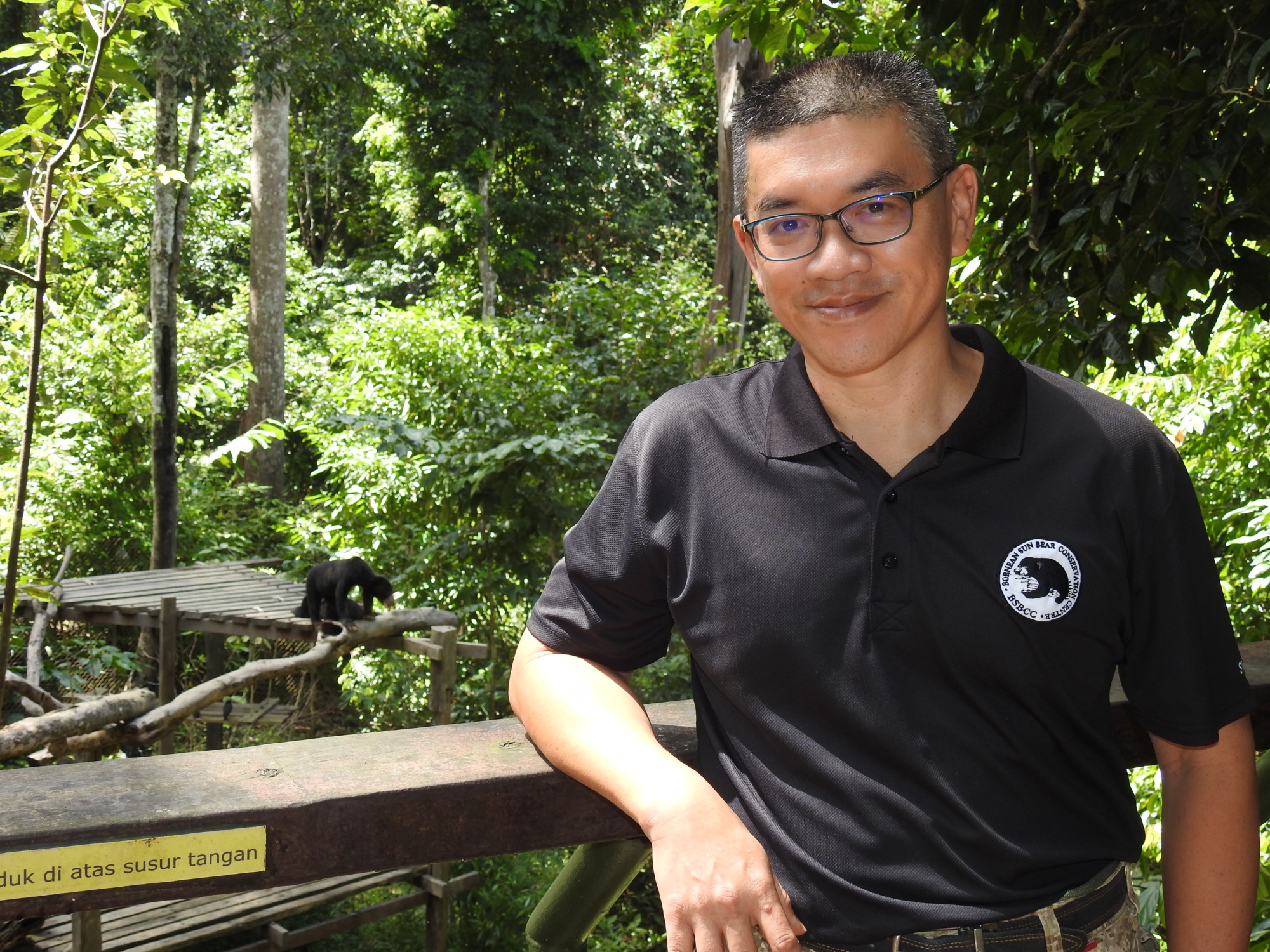
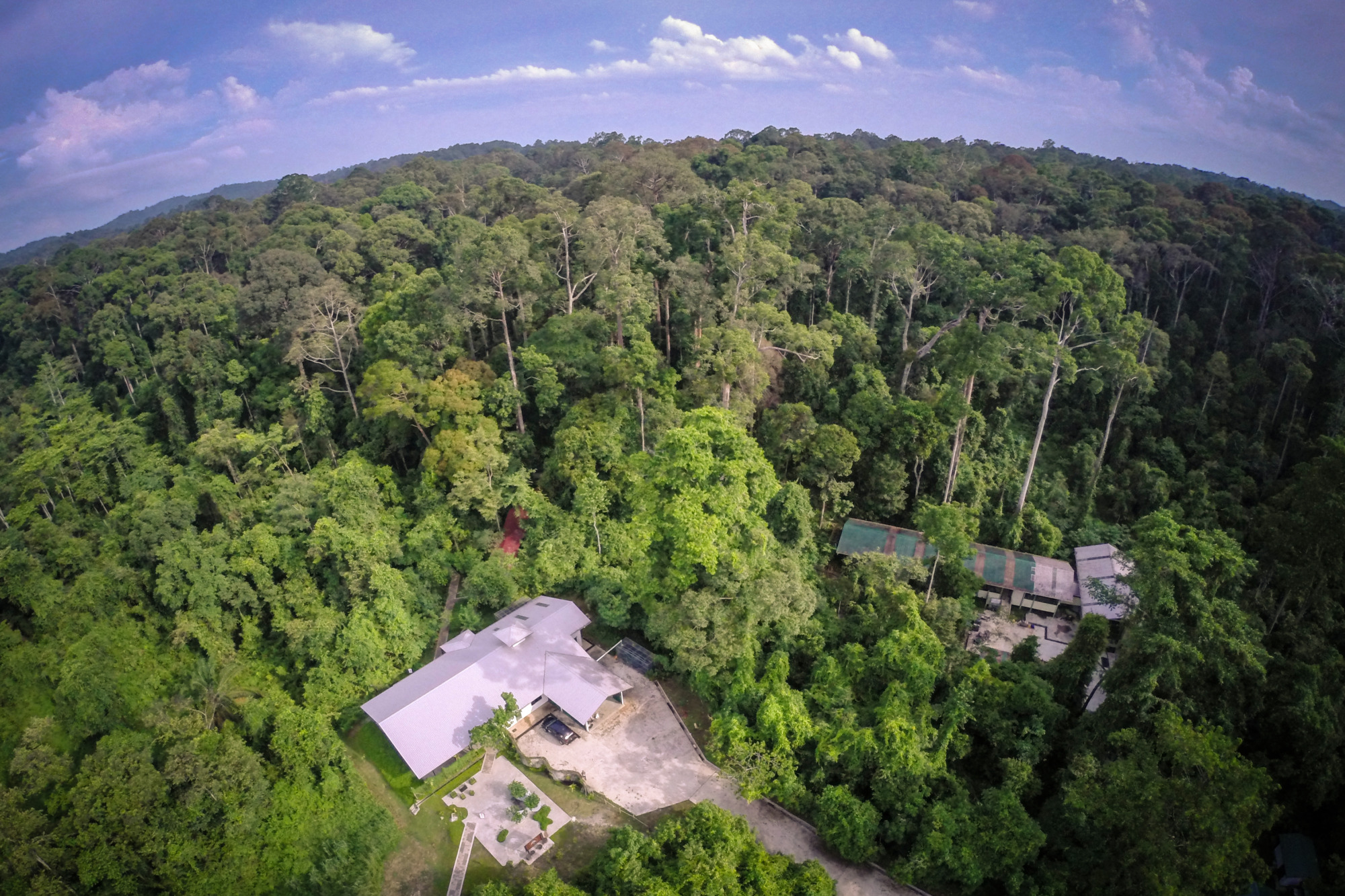
STB: Can you tell us about the Bornean Sun Bear Conservation Centre’s (BSBCC) mission and goals?
Dr. Wong: The mission and goals of BSBCC are to conserve sun bears through holistic and pragmatic approaches that include improving animal welfare for rescued sun bears in Sabah, education, research, rehabilitation, fostering ecotourism, community conservation, anti-poaching, captive breeding, and all that is needed to safeguard the future of sun bear in Sabah and other Southeast Asian countries.
STB: How does BSBCC work to rehabilitate sun bears?
Dr. Wong: Rehabilitating sun bears is a lenghty process. To begin, For begin, rehabilitating rescued adult sun bears is impossible since they have lost their wild instinct and learned to associate humans with food. So, the rescued sun bear cubs are our best hope for a successful rehabilitation because they still retain a certain degree of instinct to feed on wild foods like termites and earthworms.
Getting close to the cubs is the first step towards earning their complete trust as human carers and form a deep bond. Once bonding is established, we can take them for forest walks just like wild cubs do with their mothers. The cubs will learn a great deal of survival and foraging skills when they are in the forested environment. This can take up to a year, at which point the bear cubs reach 20kg and are considered too dangerous to be on their feet to be left unattended.
These bears will then be introduced to join other bears to form their own group. They will be raised in BSBCC’s state-of-the-art natural forest enclosure until they are fully grown at the age of four or five. Additionally, we conduct a series of assessments on each bear to evaluate whether they are ready to be released based on their performance. We chose the bears who have the best chance of being released into the wild.
STB: What are some of the biggest challenges faced by sun bears in the wild, and how does BSBCC address them?
Dr. Wong: Sun bears in the wild are threatened by a number of dangers, including deforestation, poaching, and the keeping of cubs as pets. When the BSBCC opened to tourists in 2014, we promoted ecotourism and placed a monetary value on standing forests and wildlife, creating an alternative means for the government to generate revenue from nature-based tourism rather than the unsustainable logging industry. The ecotourism sector also creates employment for locals and discourages poaching activities.
Furthermore, we assist the Sabah Wildlife Department in caring for the rescued sun bear cubs and putting a stop to the practise of keeping sun bears as pets in Sabah, and our impact has spread to other parts of Malaysia and Southeast Asia. At the same time, we run a series of education and awareness programmes across Malaysia, especially in Sabah, to raise the conservation awareness of sun bears and other wildlife.
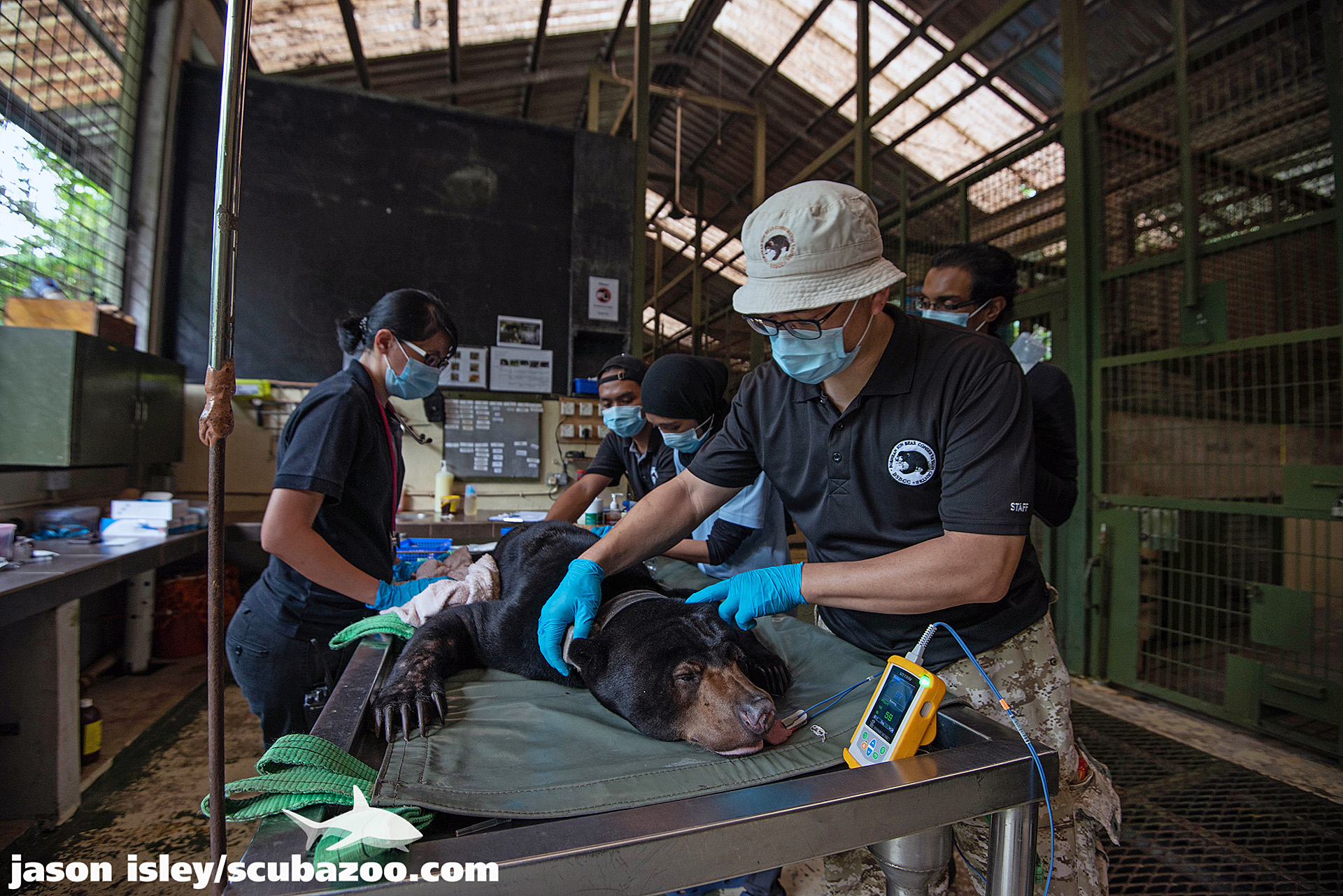
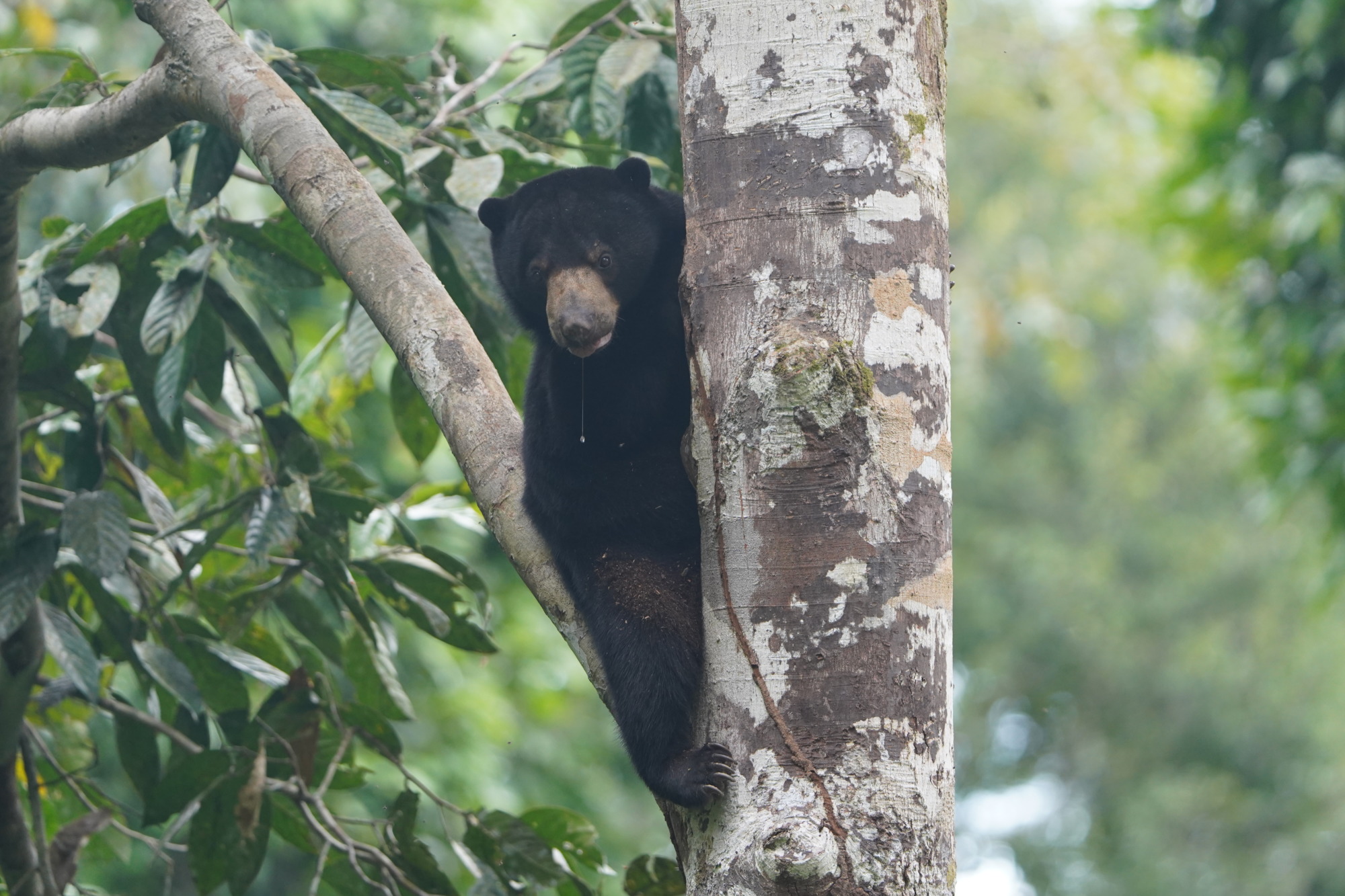
STB: How does BSBCC ensure the long-term sustainability of their conservation efforts?
Dr. Wong: BSBCC has a good business plan since its establishment to ensure long-term sustainability. First, the centre aims to open to the public to generate revenue from ticket sells and the selling of merchandise. Second, the centre is strategically positioned next to the world-famous Sepilok Orangutan Rehabilitation Centre, which attracts hundreds of visitors from across the world everyday of the round. The majority of the visitors that come to the orangutan centre will also go to the sun bear centre. In addition to relying on visitors for long-term sustainability, we have bear adoption programmes, online donation programmes, volunteer programmes, and virtual tour programmes to maintain the long-term viability of our sun bear conservation initiatives.
STB: Can you describe the daily routine of a sun bear at BSBCC?
Dr. Wong: The sun bears at BSBCC are diurnal, which means they are active throughout the day and sleep at night, just like their own kind that lives far away from humans. They typically wake up at 6am at the bear house. The bear keepers begin work at 8am. They (sun bears) will have breakfast at the bear house shortly. By 9am, they are let out into the forest enclosures and roam the forest enclosure until 4pm. The sun bear will have their second feeding at 10-11am and their third feeding about 2pm, with dog pellet snacks in between. By 4pm, all bears will return to the bear house when dinner is served at 4pm sharp. After feeding, they will clean up their bodies by themselves and prepare to sleep when it begins to get dark at 6pm.
STB: How many sunbears are under the care of BSBCC? Can you share with us your favorite sunbear?
Dr. Wong: The BSBCC is currently home to 42 rescued sun bears. In my role as BSBCC’s Chief Executive Officer and Co-Founder, I am not supposed to favour any particular sun bear. All of our rescued sun bears are my favourite. Nevertheless, sun bears like Mary and Fulung, who I raisaed, will always remain as my special bears.
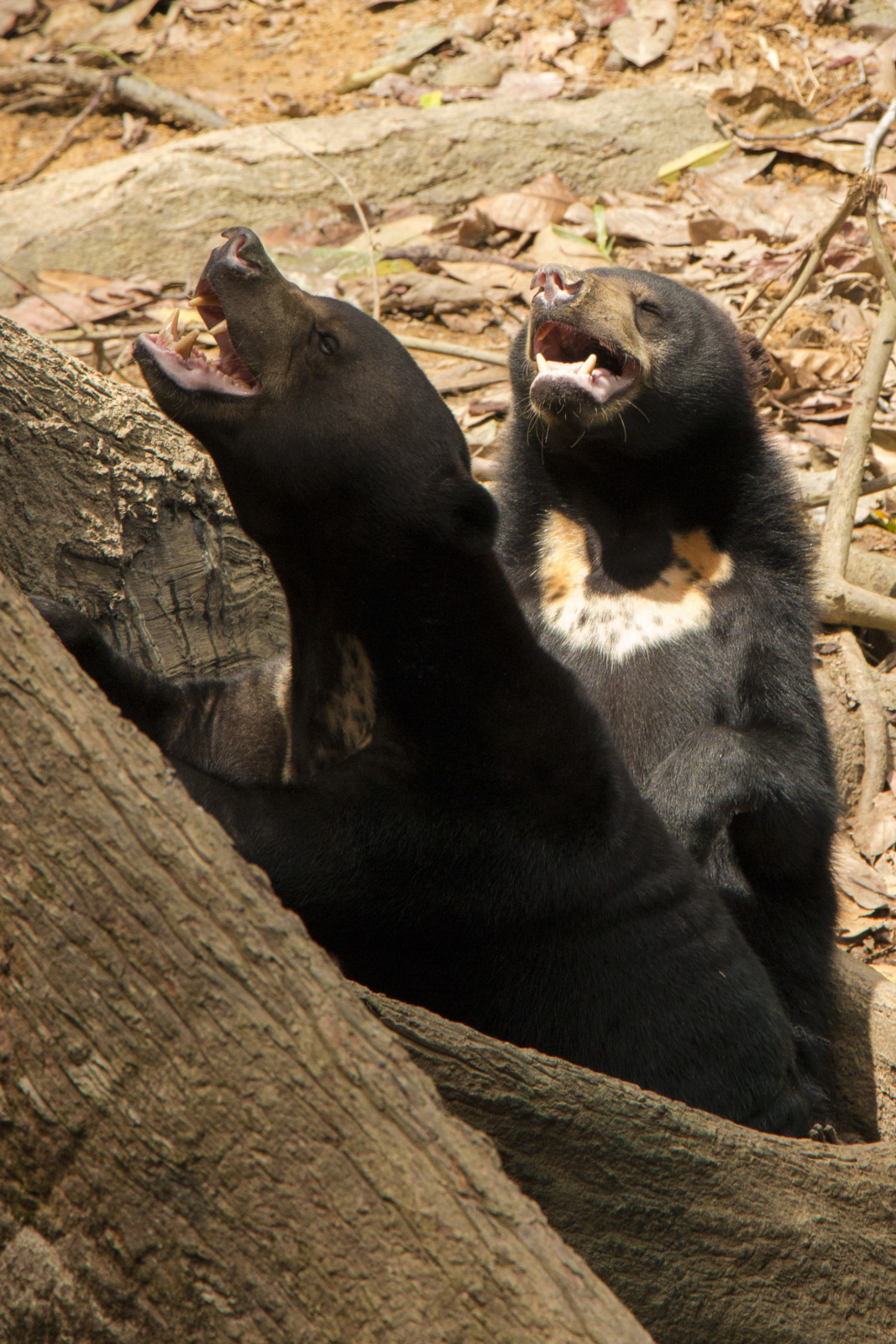
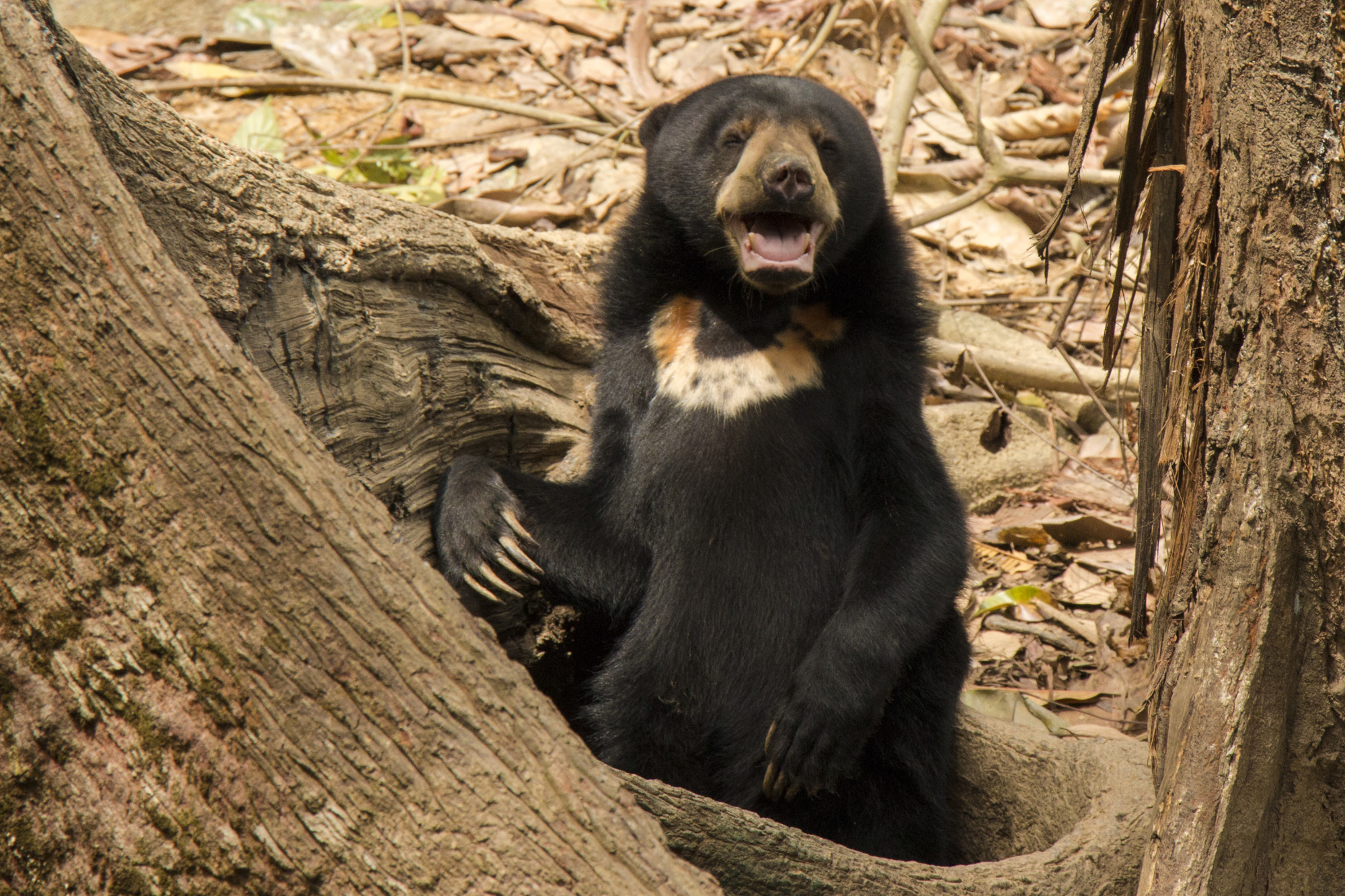
STB: How important is education and outreach in BSBCC’s efforts to conserve sun bears?
Dr. Wong: Very crucial. The sun bear is the least known bear species and not many people across the world, including locals, know about them.Therefore, it is crucial that we provided school groups and local communities with first-hand information about the conservation status of sun bears through the education outreach programmes we organised.
STB: What are some of the most significant success stories of sun bear rehabilitation at BSBCC?
Dr. Wong: On May 16, 2015, we released Natalie, the first rehabilitated sun bear at BSBCC, back into the forest in Tabin Wildlife Reserve. More about her stories can be found here: https://www.bsbcc.org.my/bear-talk-blog/category/natalie
STB: How does BSBCC work with local communities to promote sustainable practices and protect sun bear habitats?
Dr. Wong: To help empower local communities, especially women, we buy their handicrafts and sells them in our souvenir shop. When doing fieldwork and research, BSBCC recruits members of the local community to serve as research assistants and guides. We believe by encouraging them to participate in these activities will improve their livelihood, promote sustainable practises, and create an incentive to protect sun bears and their habitat. Because of the sun bear’s existence and significance, conservation initiatives can be undertaken, which in turn creates opportunities for the local communities.

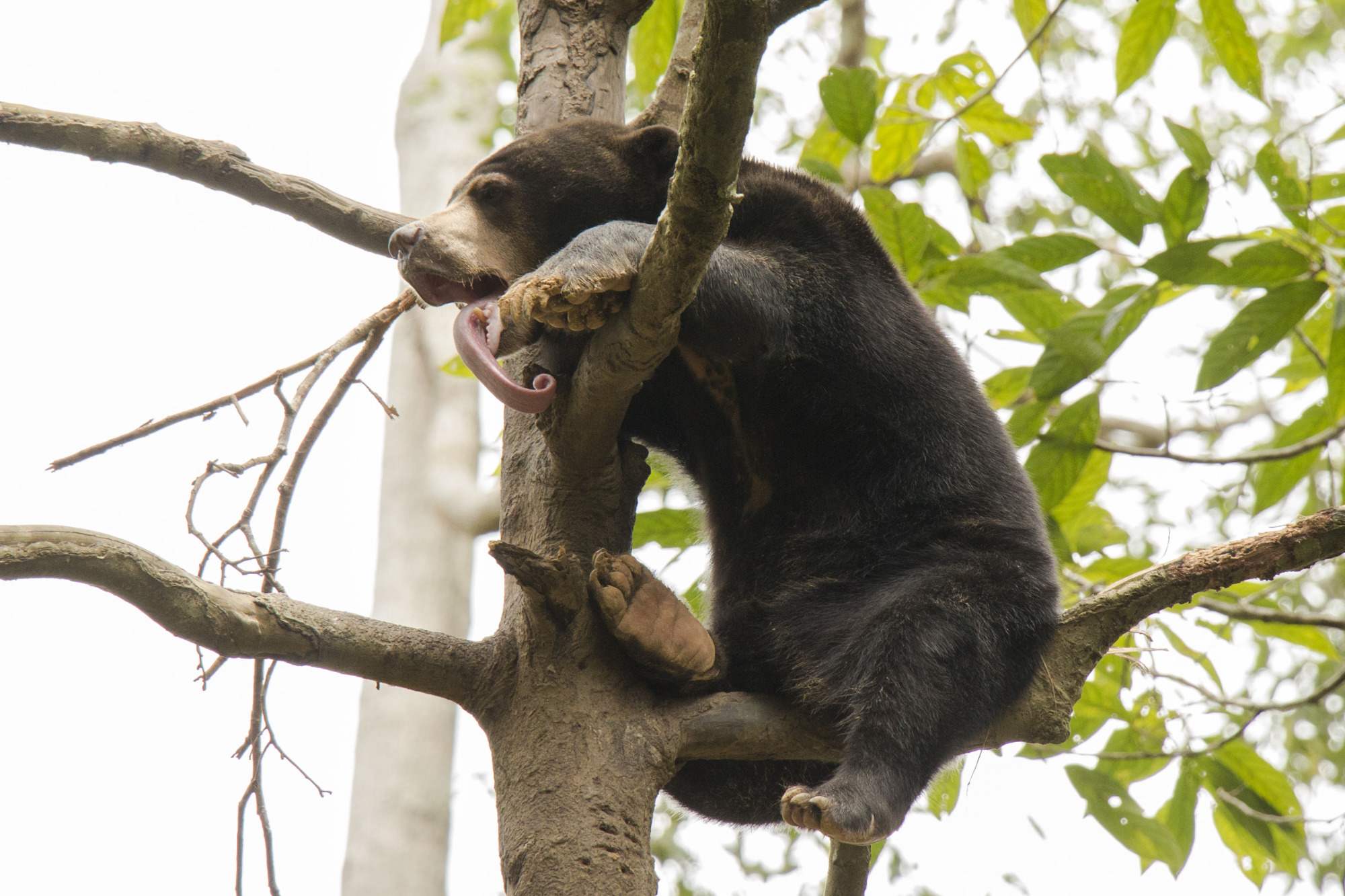
STB: Can you share with us any exciting new developments or initiatives at BSBCC that you are currently working on?
Dr. Wong: Currently, BSBCC is working and planning on few construction projects:
1. The construction of a new 60-meter bridge and boardwalk to replace the old wooden entrance bridge.
2. The replacement of the wooden fence and expansion of Pen B and Pen C.
3. The development of Tabin Sun Bear Project, a long-term research and rehabilitation field base project for sun bear conservation in Tabin Wildlife Reserve.
4. The development of the master plan for BSBCC.
More on the: Bornean Sun Bear Convervation Centre.